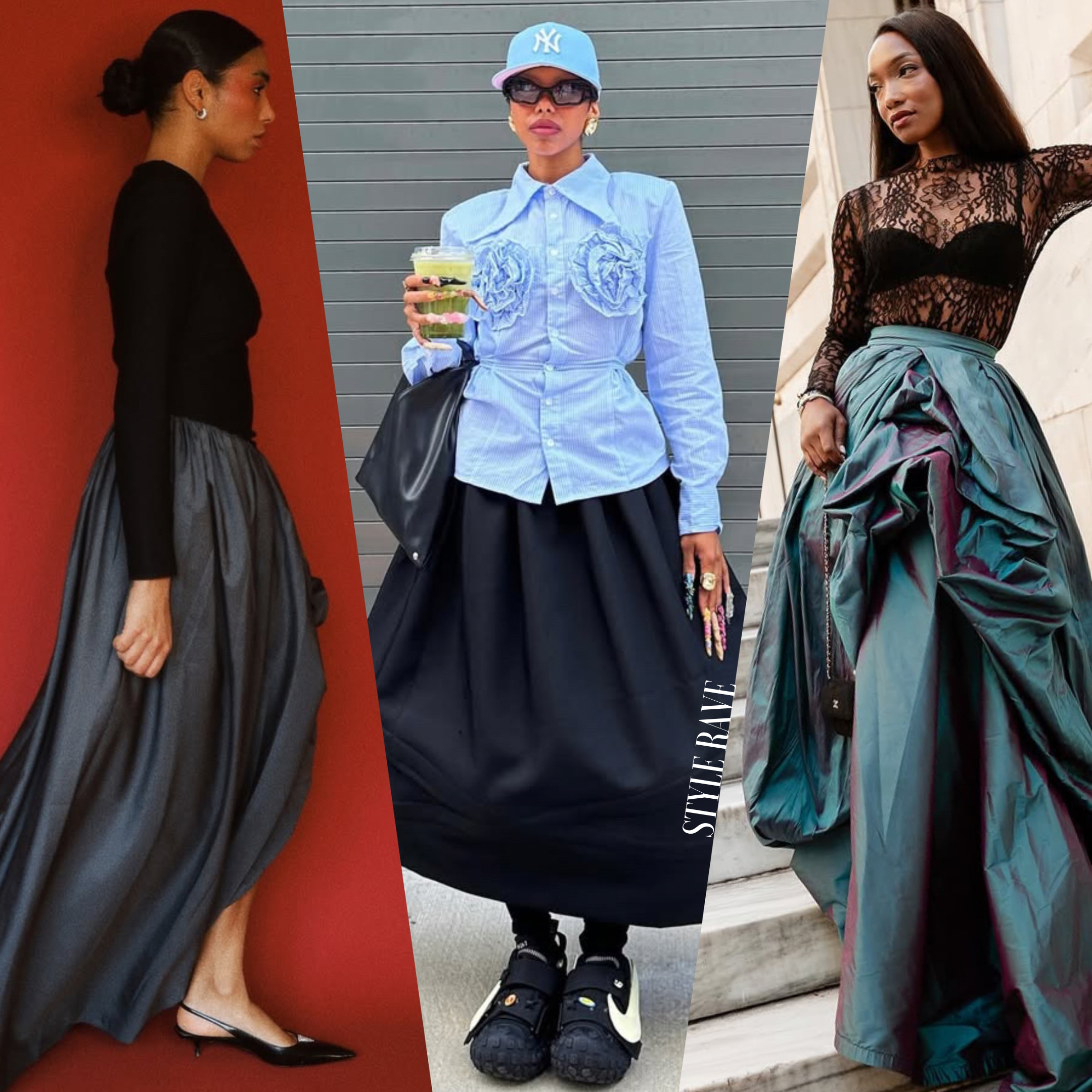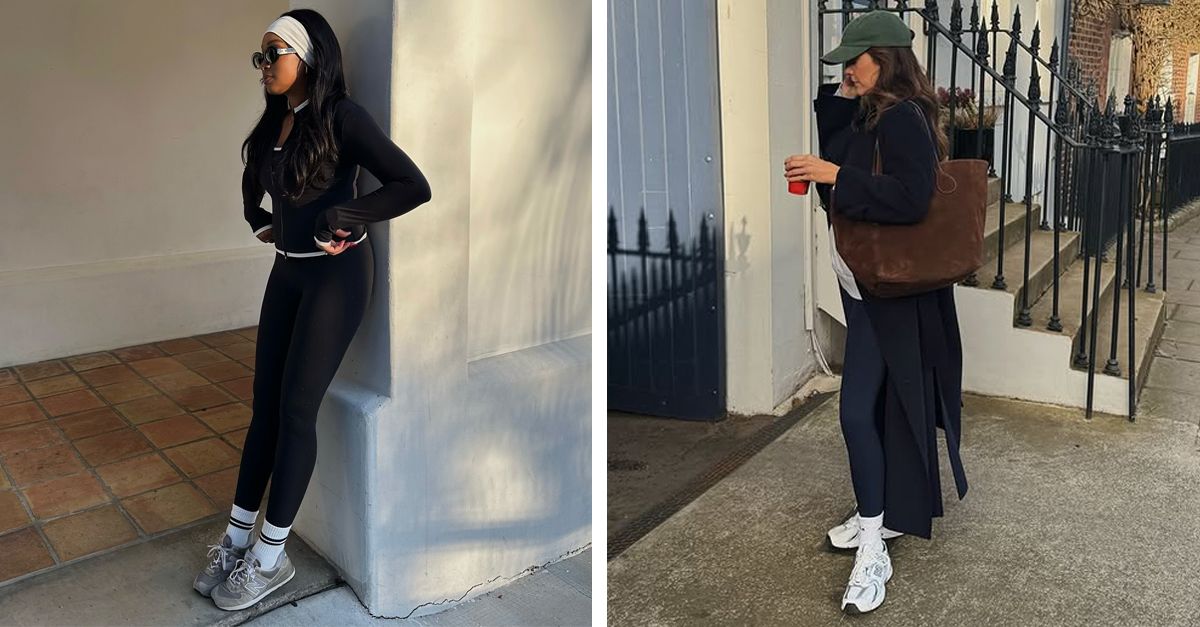The Big Picture
- Making real money as a writer in Hollywood is hard, with writers undervalued, but Fances Marion rose to the top of the male-dominated industry.
- With titles like
The Champ
and
The Big House,
Marion became a top paid writer in Hollywood, often collaborating with Mary Pickford. - Marion won two Oscars for writing, paving the way for future female screenwriters.
If the recent WGA strikes that became among the longest in film history taught us anything, it’s that making real money as a writer in the entertainment business is hard. One of the more uncomfortable misconceptions of the strikes was that writers (and, by extension, actors) didn’t need to picket because the only ones people could call by name were rich and established, like Aaron Sorkin or Quentin Tarantino. But the reality is that writers have been among the most undervalued positions in the creative field, often at the mercy of entitled studio executives or praying for the protection of a powerful director who trusts them. This is still true, even after the strikes, so imagine how much harder it would have been to be an affluent screenwriter in the wild west days of early Hollywood. Let’s make it more challenging: you’re also a woman in an industry already rampant with patriarchy. Congratulations, you’re Frances Marion, who still managed to become arguably the best-paid writer in Hollywood for half of the 1930s.
The Big House (1930)
A convict falls in love with his new cellmate’s sister, only to become embroiled in a planned break-out which is certain to have lethal consequences.
- Release Date
- June 14, 1930
- Director
- George W. Hill , Ward Wing
- Cast
- Chester Morris , Wallace Beery , Lewis Stone , Robert Montgomery , Leila Hyams , George F. Marion , J.C. Nugent , Karl Dane
- Runtime
- 87 Minutes
- Main Genre
- Drama
- Writers
- Frances Marion , Joseph Farnham , Martin Flavin
How Did Frances Marion Become a Screenwriter?
Frances Marion was born to be an artist, as indicated by her childhood behavior. Born and raised as Marion Owens in the San Francisco area, she got kicked out of school at 12 years old for drawing a cartoon of herself and gained a quick love for the new art form known as cinema. She took whatever job she could to get into the film world as soon as possible. While most young women of the time would have aspired to be actors, she desperately wanted to be behind the camera as a writer. First, to get her foot in the door on writing, she joined the San Francisco Examiner as a reporter and illustrator before moving to L.A. to design and paint posters for films.
It was in 1914 that her skills at painting film posters caught the eye of a man named Owen Moore, a handsome actor who approached her at a party to pay proper compliments to her design skills. He was curious if she’d like to be introduced to his wife, Mary Pickford, and the two hit it off quickly, though not without some requisite awkwardness. That awkwardness, no doubt, would be because Mary Pickford was the biggest movie star in the world at that time, building her brand around playing plucky young girls with hearts of gold despite being, by all accounts, an incredibly shrewd businesswoman with a voice far deeper than what people would have expected. Mary got to know Marion by showing her how a film gets edited, quickly learning that she had the ambition to get into the film business as a proper creator. This was not only Marion’s first step into making movies but also the beginning of one of the two most important female friendships she ever had.
The other important person was Lois Weber, one of the many brilliant female directors whose accomplishments have been largely erased by the sands of time. By 1915, when Marion was taken under her wing as an apprentice in all things filmmaking, Lois had become the head of her own production company, Lois Weber Productions, after nearly a decade of being the primary creative force on numerous successful films that usually focused on social justice issues. Weber is credited for granting Marion her new show business name, Frances Marion. Lois’s tutelage taught Marion how to make her way in the industry. And she used that knowledge to collaborate on projects with her new bestie, Mary.
Frances Marion Became Mary Pickford’s Secret Weapon
Mary initially tried casting Marion as an actress in some of her movies, to no avail. Marion was still set on writing and created a story called The Foundling, which Mary got into production. Little is known about what the film would have been because it sadly got destroyed in a fire before anyone saw it. The two bounced back with Poor Little Rich Girl, about a girl with all the money she could want but none of the true love or affection she needs.Studio executives were worried about all the comedy they inserted, based heavily on their real-life banter, but test audiences loved the film. It became a huge hit, so much so that Marion officially became Mary’s designated screenwriter, signing a $50,000 contract with the production company Famous Players-Laskey. Not only did this make Marion among the highest paid writers in Hollywood, but it was the beginning of one of the most iconic runs of Pickford’s acting career. Together, they produced a murderer’s row of films, like Rebecca of Sunnybrook Farm, Stella Maris, and M’Liss, solidifying Pickford’s dominance as a paragon of idealistic youth that audiences protectively flocked to.
Sadly, their public allegiance wouldn’t last for much longer. Marion tried stepping behind the camera to direct a film for Mary, The Love Light, based on Marion’s experiences as a correspondent writing about the soldiers and women on the front during World War I. By all accounts, the film was a disaster, and while still remaining close friends, Marion and Mary disbanded their public collaborations. One wonders how much the standard misogynist bias against women creators has to do with that, considering that, per Marion’s autobiography, she received criticism about how a man wouldn’t have allowed the miniatures to look as “phony” as they did in the film. Nevertheless, that didn’t dissuade her from pursuing her writing career; more impressively, she survived the transition from silent cinema to sound pictures and managed to have a flourishing second half of her career that went far beyond Mary Pickford’s teamwork.
Frances Marion Is First Writer to Win Two Oscars
Frances Marion became a dependable screenwriter for Hollywood films, most notably in her ability to adapt plays and novels into cinematic narratives. She became the sole writer or co-writer of a number of films that have lived on as treasures of the 1930s. Some of these films include the George Cukor-directed dinner party comedyDinner at Eight and the Greta Garbo classics Anna Christie and Camille. FFilms like these prove her to be just as much of a witty yet deeply earnest writer as she was a human being. But the true highlights of her career were the films that would put her officially in the history books. For writing The Big House and then The Champ, in 1930 and 1931, she won two screenplay Oscars (the first for Best Writing Achievement, the second for Best Original Story). This would make her the first person, regardless of gender, to win two Oscars for writing, and so early in the ceremony’s history, to boot. All the better that she would win them for films that would essentially become blueprints for genre fare for decades to come.
The Big House is the quintessential “prison” movie in its truest form, a story of survival and interpersonal political machinations. When a young man named Kent (Robert Montgomery) accidentally kills someone while driving, he must learn to endure 10 years in prison while falling in love with the sister of his cellmate, the pugnacious shot caller Butch (Wallace Beery). The film moves along at a brisk pace, dunking you into the hardened atmosphere while being surprisingly insightful about how the prison system works to exploit the prisoners and antagonize them against each other. The Champ, meanwhile, is every inspirational sports film you’ve ever seen, with Wallace Beery (yes, him again) winning Best Actor Oscar ffor playing a boxer who fights both for the title belt and for the secure love of his son, Dink (Jackie Cooper). It’s got the likable underdog protagonist, the rousing comeback narrative, the tearful revelations, and surprisingly well-filmed fight scenes. It’s the kind of film that invented the blueprint for future films like the Rocky franchise, and it speaks to how forward-thinking Frances Marion’s sense of storytelling was that she effectively created clichés before they were clichés.
Trailblazing history isn’t easy, and it doesn’t come cheap. It takes an untold amount of dedication and bravery to break through a field stacked against you. But admittedly, it helps to have one of the biggest stars in your field of choice in your corner, and we love to see friends supporting each other. It’s all too cliché to say that one person walked so that another could run, but Frances Marion paved the way for all future women screenwriters in Hollywood to an unprecedented degree, being quite literally the first to reach the highest levels of success that you could possibly imagine as a writer. She became the guiding light for all the creative women who forged their own paths in the subsequent decades, from Jay Presson Allen to Elaine May to our current reigning Oscar writing queen, Justine Triet. Marion played the system to her advantage, stayed true to her artistic goals, and showed all the girls how to get it done.
The Big House is available to rent on Prime VIdeo in the U.S.























































![Social Media Spring Cleaning [Infographic] Social Media Spring Cleaning [Infographic]](https://imgproxy.divecdn.com/9e7sW3TubFHM00yvXe5zvvbhAVriJiGqS8xmVFLPC6s/g:ce/rs:fit:770:435/Z3M6Ly9kaXZlc2l0ZS1zdG9yYWdlL2RpdmVpbWFnZS9zb2NpYWxfc3ByaW5nX2NsZWFuaW5nMi5wbmc=.webp)
![5 Ways to Improve Your LinkedIn Marketing Efforts in 2025 [Infographic] 5 Ways to Improve Your LinkedIn Marketing Efforts in 2025 [Infographic]](https://imgproxy.divecdn.com/Hv-m77iIkXSAtB3IEwA3XAuouMwkZApIeDGDnLy5Yhs/g:ce/rs:fit:770:435/Z3M6Ly9kaXZlc2l0ZS1zdG9yYWdlL2RpdmVpbWFnZS9saW5rZWRpbl9zdHJhdGVneV9pbmZvMi5wbmc=.webp)















